Fukuoka
Updated Oct. 2024
Fukuoka City is the 5th largest city in Japan
It’s consistently ranked as one of the most desirable places to live in Japan
Many Japanese consider it to be a top destination for foodies
Fukuoka is one of my favorite places in all of Japan. I lived in the prefecture for 5 years, often visiting Fukuoka City, and quickly grew to love it for so many reasons. I may have a bias since it’s my “Japan home” in a sense, but I think it’s quite overlooked considering what it offers.
How to get there
Fukuoka Airport is an international airport with many flights flying into it directly. It’s also a 1.5-2.5 hour flight from Osaka and Tokyo.
Fukuoka is one of the most convenient cities I’ve been to in Japan. From the airport, the main train station, Hakata Station, is only 2 subway stops away. The second main station, Tenjin Station, is only 5 subway stops away on the city’s main Airport Line.
About Fukuoka City
Fukuoka City is one of Japan's five largest cities and is the biggest on the southern island of Kyushu. It's the capital of Fukuoka prefecture, which sits at the top of the island and spans across from its eastern to western shores.
The city is consistently ranked as one of the most desirable places to live in Japan due to reasons such as convenient access, good urban/nature balance, somewhat moderate climate, and relatively low cost of living compared to other Japanese cities. In a public survey by Fukuoka’s government, 96.2% of people answered that it is "easy to live in," and the population growth rate is the highest among major cities in Japan. [J]
It has also been ranked in the world's top 10 in Quality of Life by Monocle.
Unofficially, the image of Fukuoka that many Japanese have is that it’s a place with delicious foods, is one of the top prefectures for women, and has a cute local dialect, “Hakata-ben”.
There are 2 main downtowns in Fukuoka City: Hakata and Tenjin. Both have many businesses, shopping and places to eat, and are only 3 stops away from each other by subway. The Shinkansen and other express trains stop at Hakata Station, making it better for access around Kyushu, but Tenjin has more boutiques and more nighttime activities.
Housing in Fukuoka City
Rent in Fukuoka City is considered to be reasonable, especially when considering that it’s a major city and access to conveniences is high. The average monthly cost for a 1k studio apartment in the main Tenjin area is 62,200 JPY (USD $424) and a 1LDK single bedroom apartment is 109,200 JPY (USD $744) as of October 2024. [J]
Here’s a video of my trip to Fukuoka in 2022 where I introduce places I went:
Tenjin
Tenjin is my personal favorite part of town due to the abundance of shopping, food and it just being really walkable.
Department stores like Parco and Daimaru are centered right around Tenjin station, but if you walk a few blocks west, you'll hit an area called Daimyo. This area has a lot of smaller shops, boutiques and places to eat. The feel of it is a bit like the side streets of Tokyo's Harajuku/Omotesando area, if you've been to Tokyo before. At night, there are bars and clubs, as well as some yatai food stalls.
Nakasu
The Nakasu area is known to be the adult nightlife area, with dance clubs, hostess clubs and bars. It’s actually a really nice area with riverside walkways that are great for taking a stroll on.
It’s also home to the one of the main yatai food stall areas. Fukuoka is known for these yatai, and it’s really impressive how the chefs manage to set up every day at around 5pm and cook up delicious dishes all through the night in such a small space. It’s a very close and exciting vibe at these yatai, and there’s a lot of interaction, whether it’s with the chef or the other guests around you.
Momochi
One of the best views for photography is the Fukuoka Tower area near Momochi, a 15-20 minute walk from the Nishijin subway station.
The most famous shrine nearby is Dazaifu Tenmangu. You can get there by train from Tenjin station, and the road leading up from Dazaifu station to the shrine area is lined with shops selling Japanese confections and gifts. If you go further in from the shrine, you can check out the Kyushu National Museum, which is worth adding onto your trip as it has various special exhibits and a big glass wall that reflects the surrounding nature.
Fukuoka also has a relatively well known festival, Hakata Dontaku, that takes place on the streets in central Fukuoka city. You'll see people dressed up in traditional wear carrying and pulling big wooden structures, shouting chants and spraying water.
Shin Shin



You may have heard of Hakata ramen before, or Fukuoka-born chains like Ichiran or Ippudo, but Shin Shin is one of the most famous "local" Hakata-style ramen shops.
The interior of its original, hole-in-the-wall location is covered with signed cards and posters from Japanese celebrities.
Their pork broth is tasty without making you feel heavy after, and their noodles are on the firm side and quite thin, which are signatures of Hakata ramen.
I recommend ordering the noodles "barikata" (extra firm) because it's how many locals prefer it. You also can't go wrong with a plate of bite-sized, Hakata-style gyoza. A great choice for local ramen that’s open until the early AM.
Nagamasa
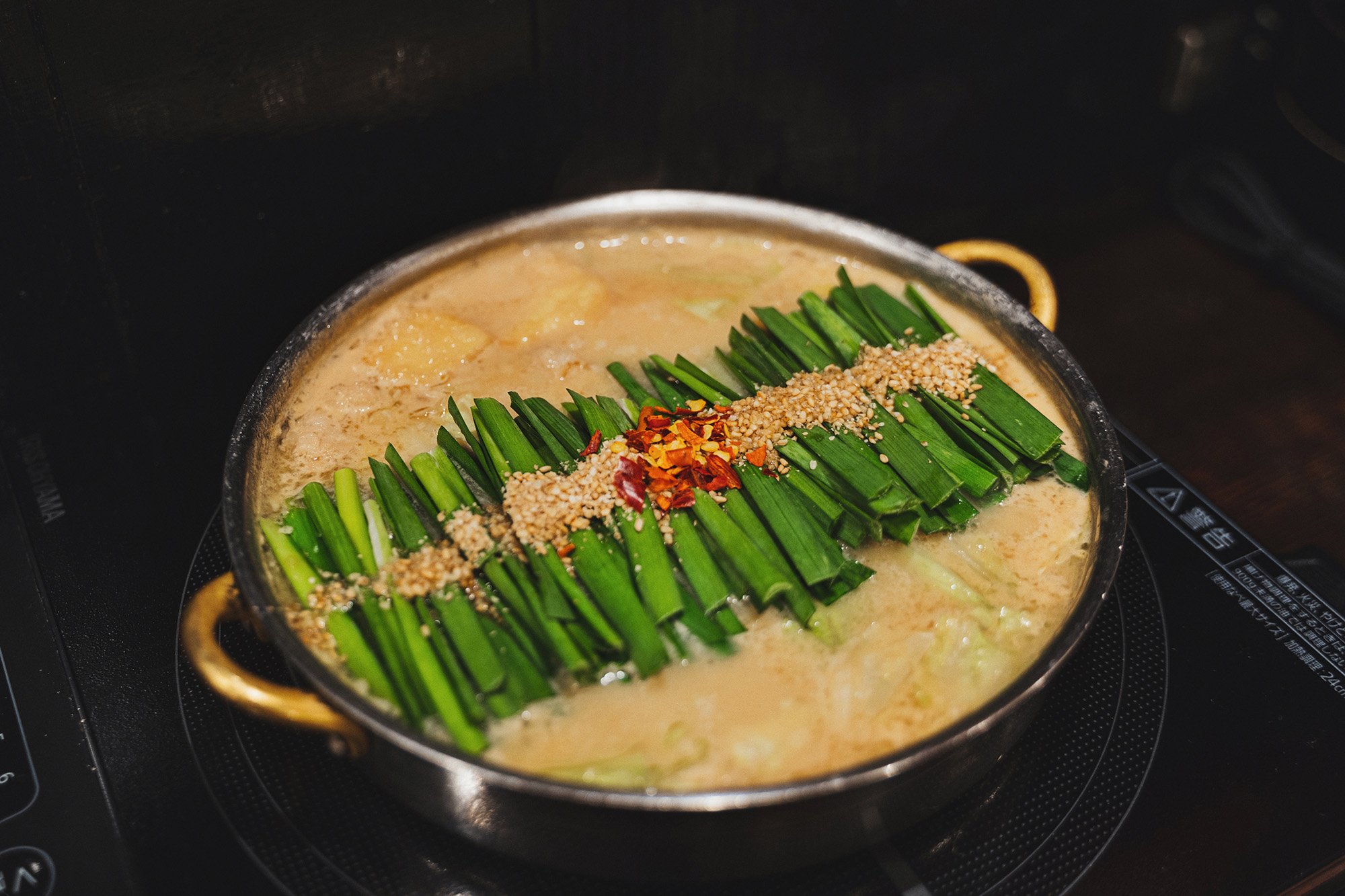
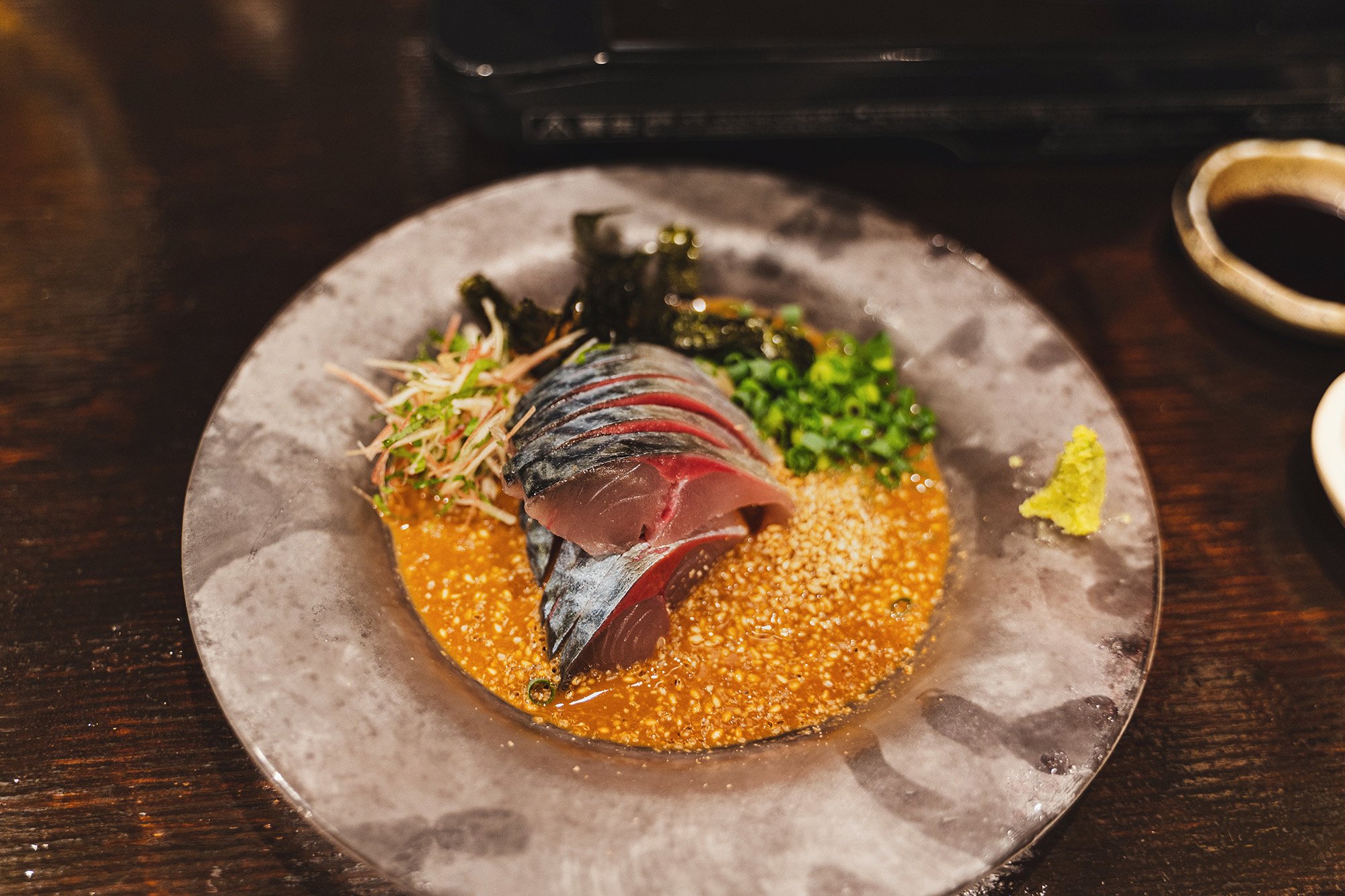
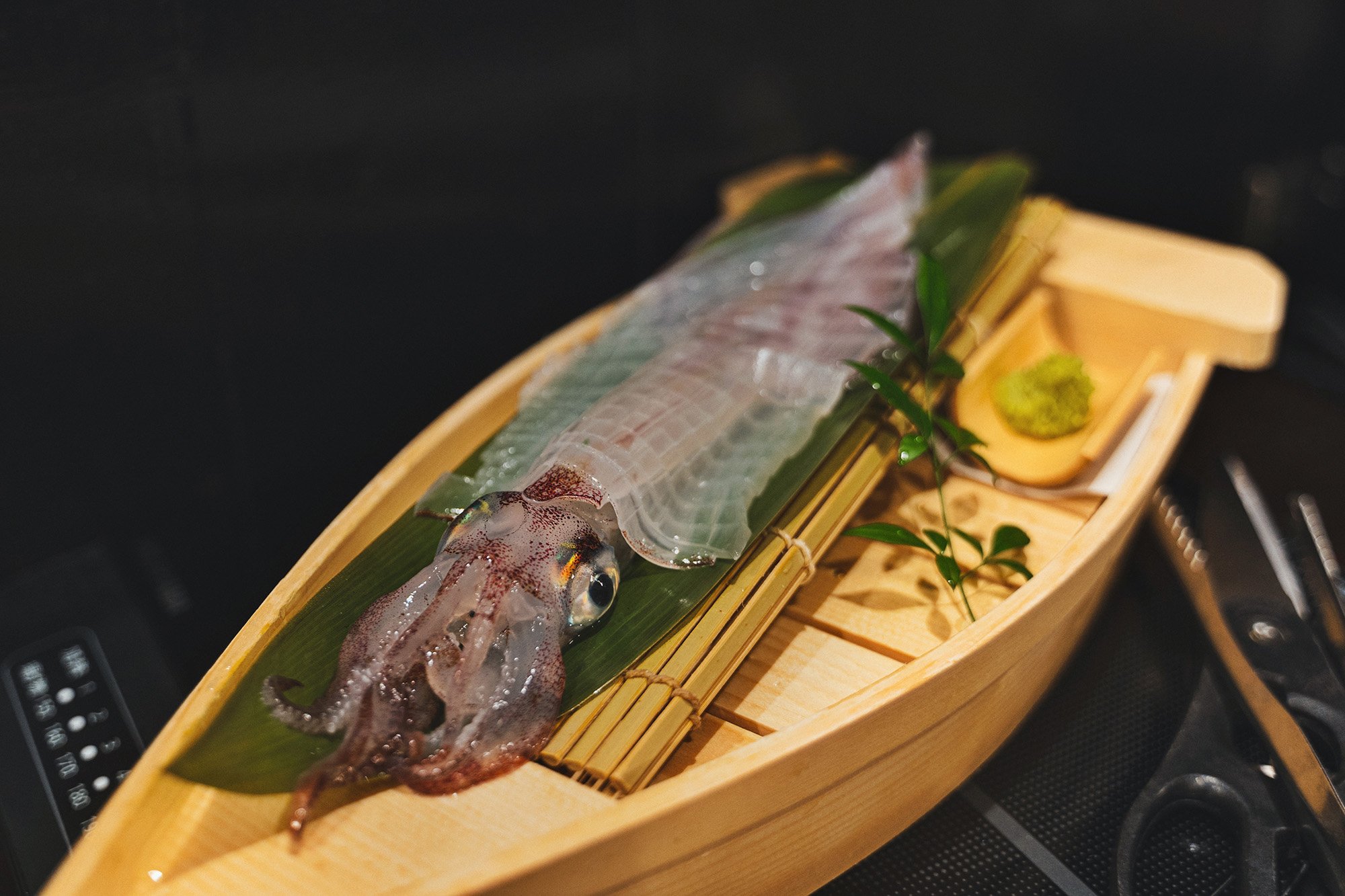
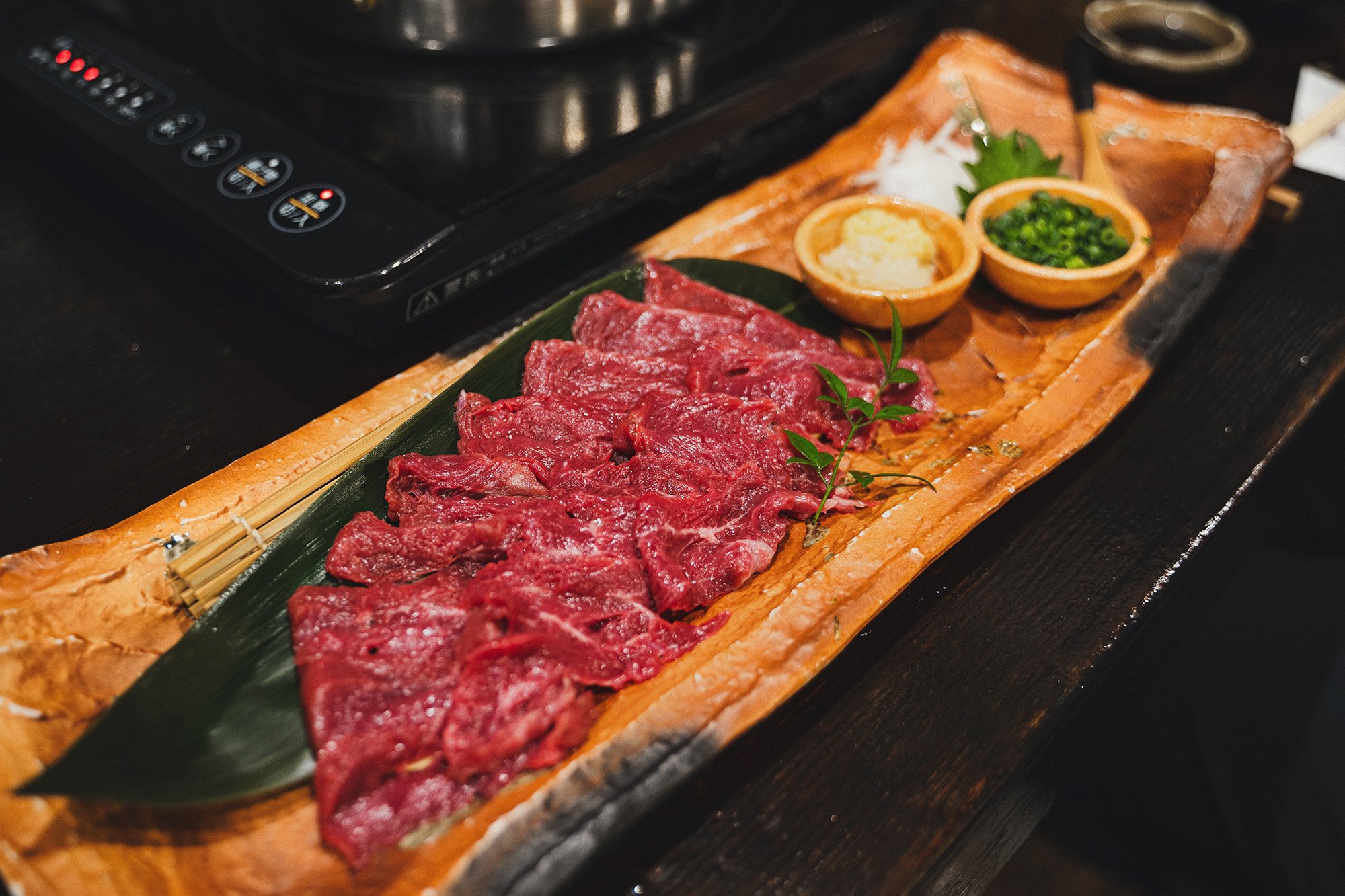
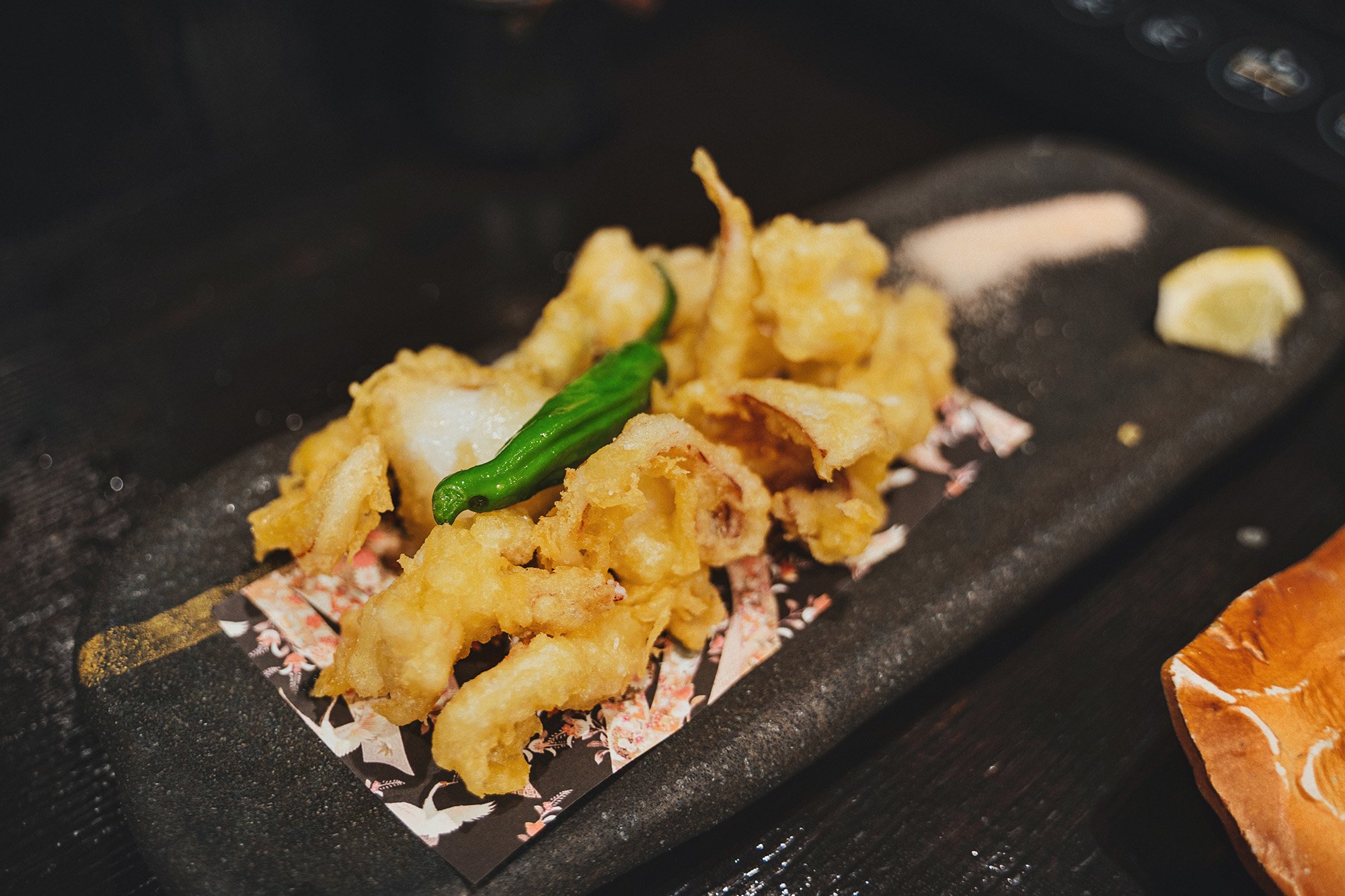
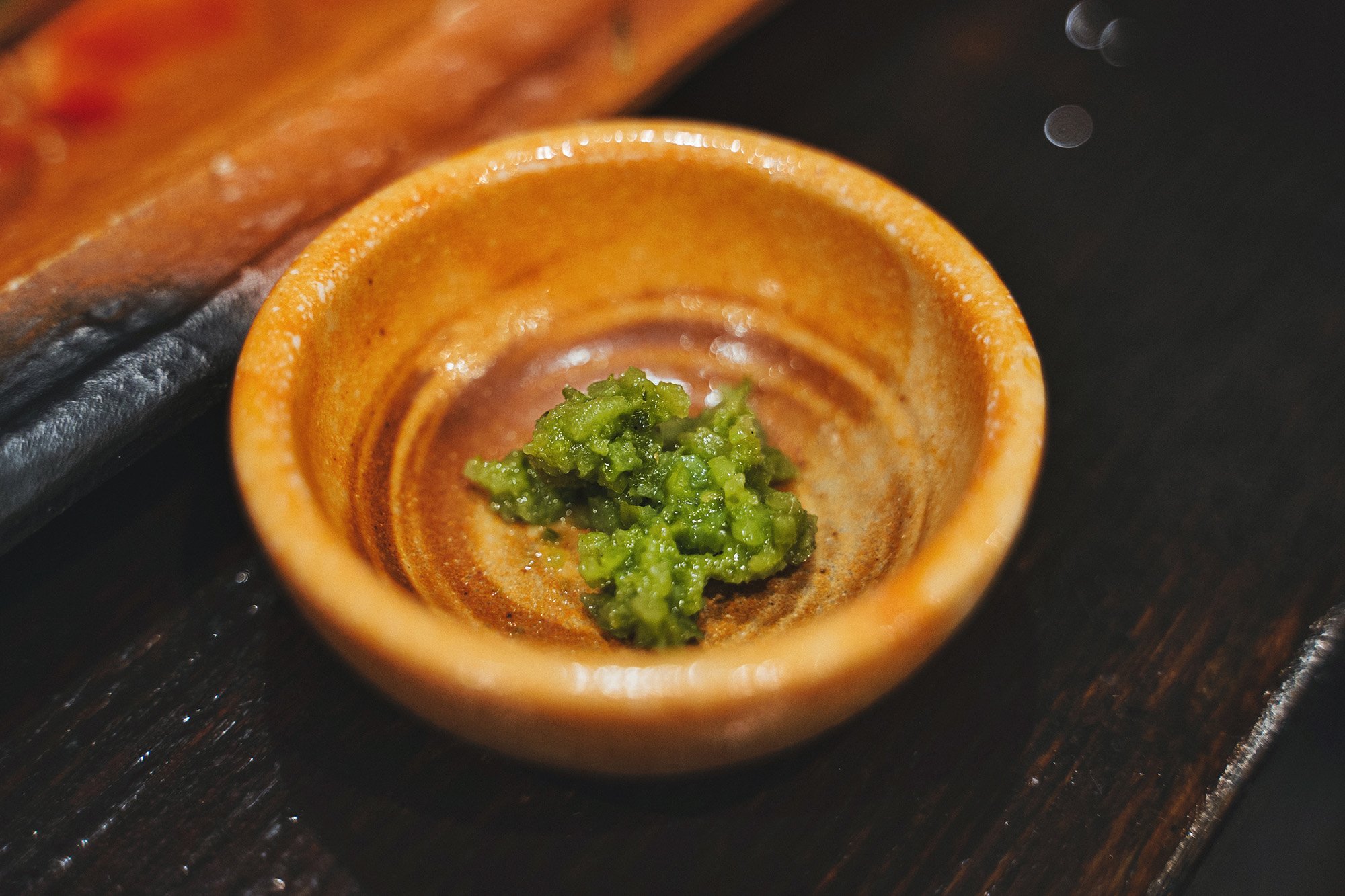
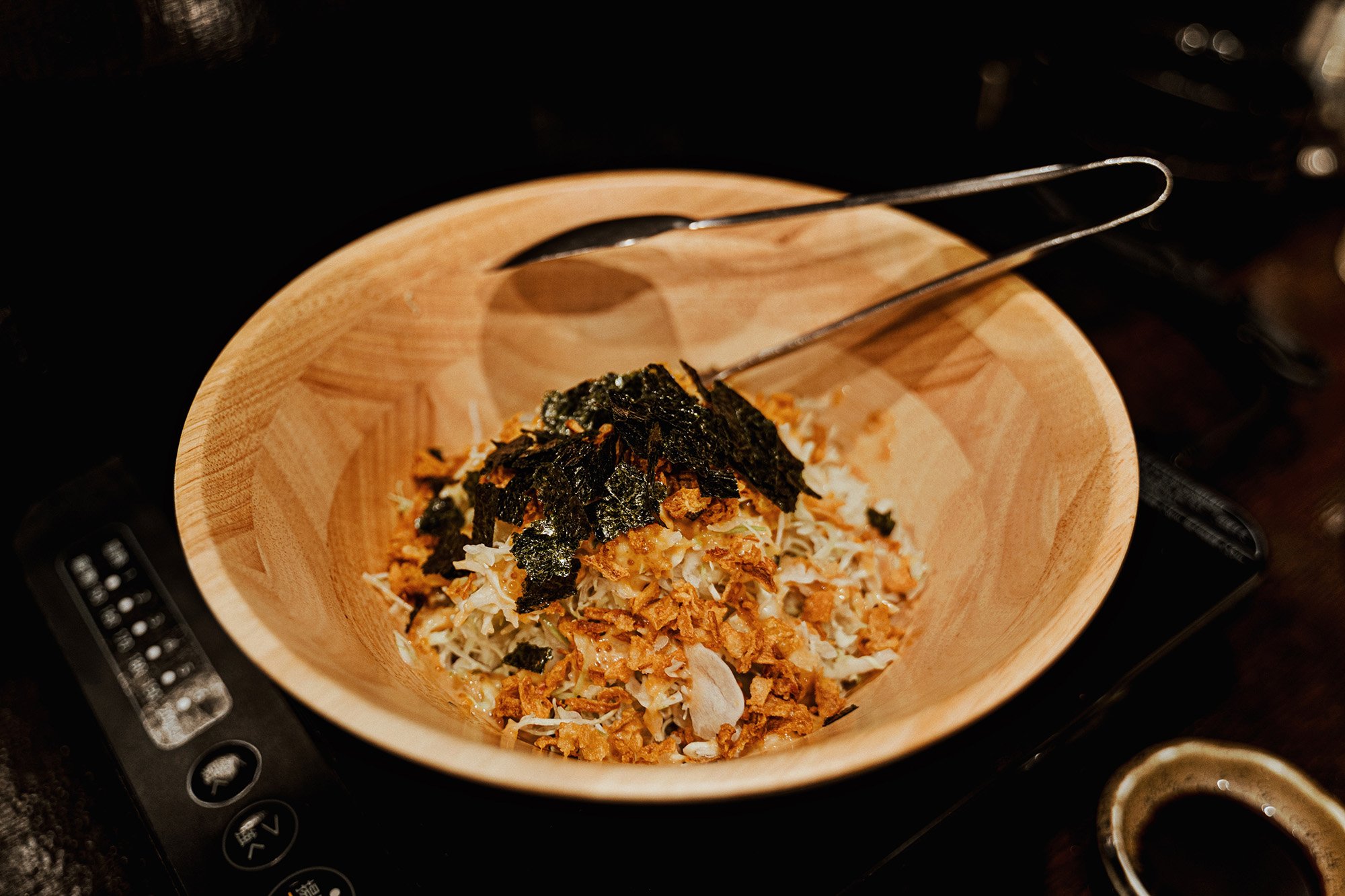
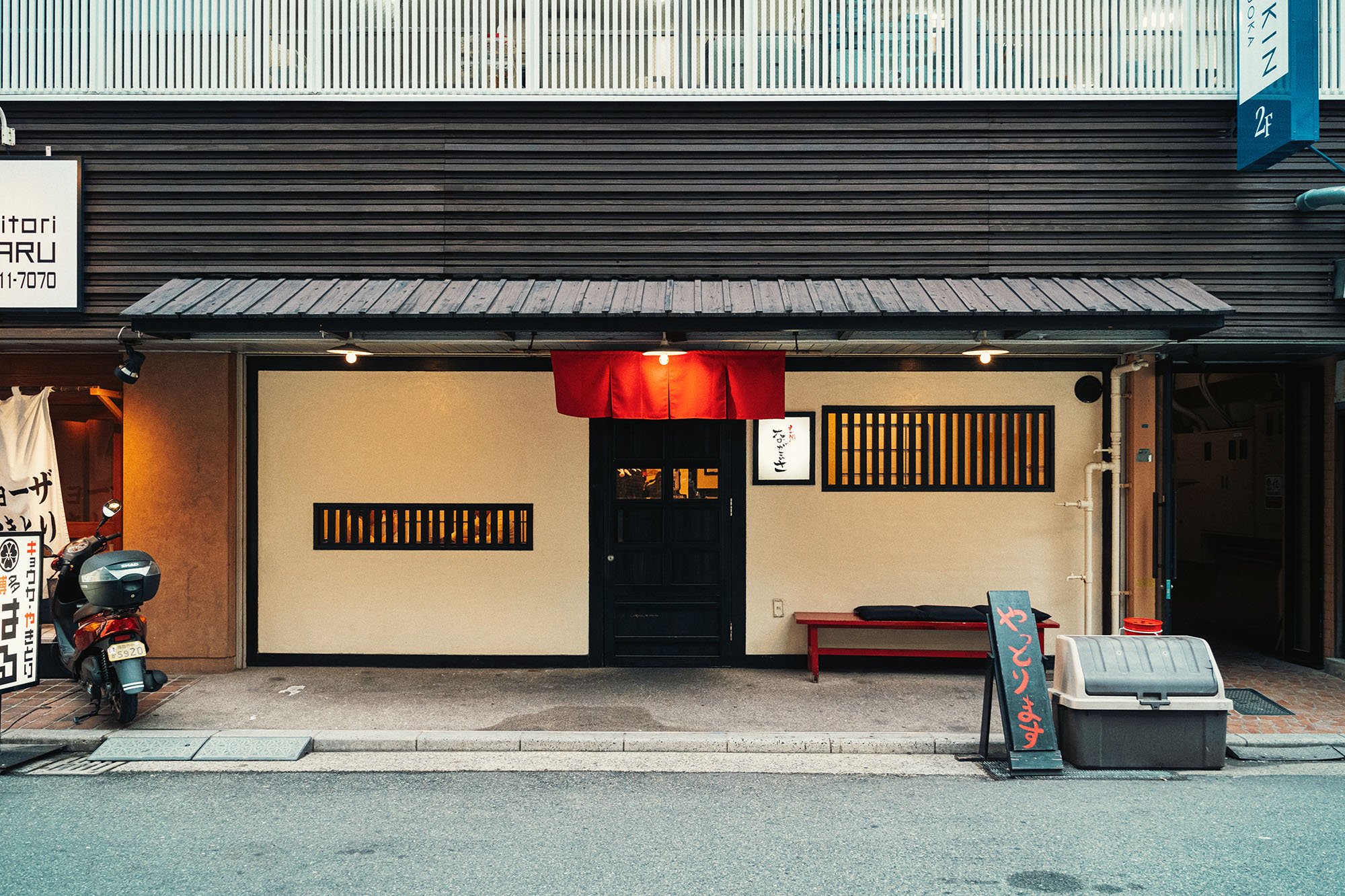
One of the best things to do when traveling Japan is going to a local izakaya to try authentic local dishes. Nagamasa is a highly rated one near Hakata Station.
Here, you can order local some of the best local dishes like motsunabe (pork offal hotpot), gomasaba (fresh mackerel sashimi in sesame sauce), yari-ika (fresh squid sashimi), basashi (horse sashimi from neighboring Kumamoto Prefecture), and a lot more.
Nagamasa, like most izakaya, has a lively atmosphere. Service is great and the food is absolutely delicious.

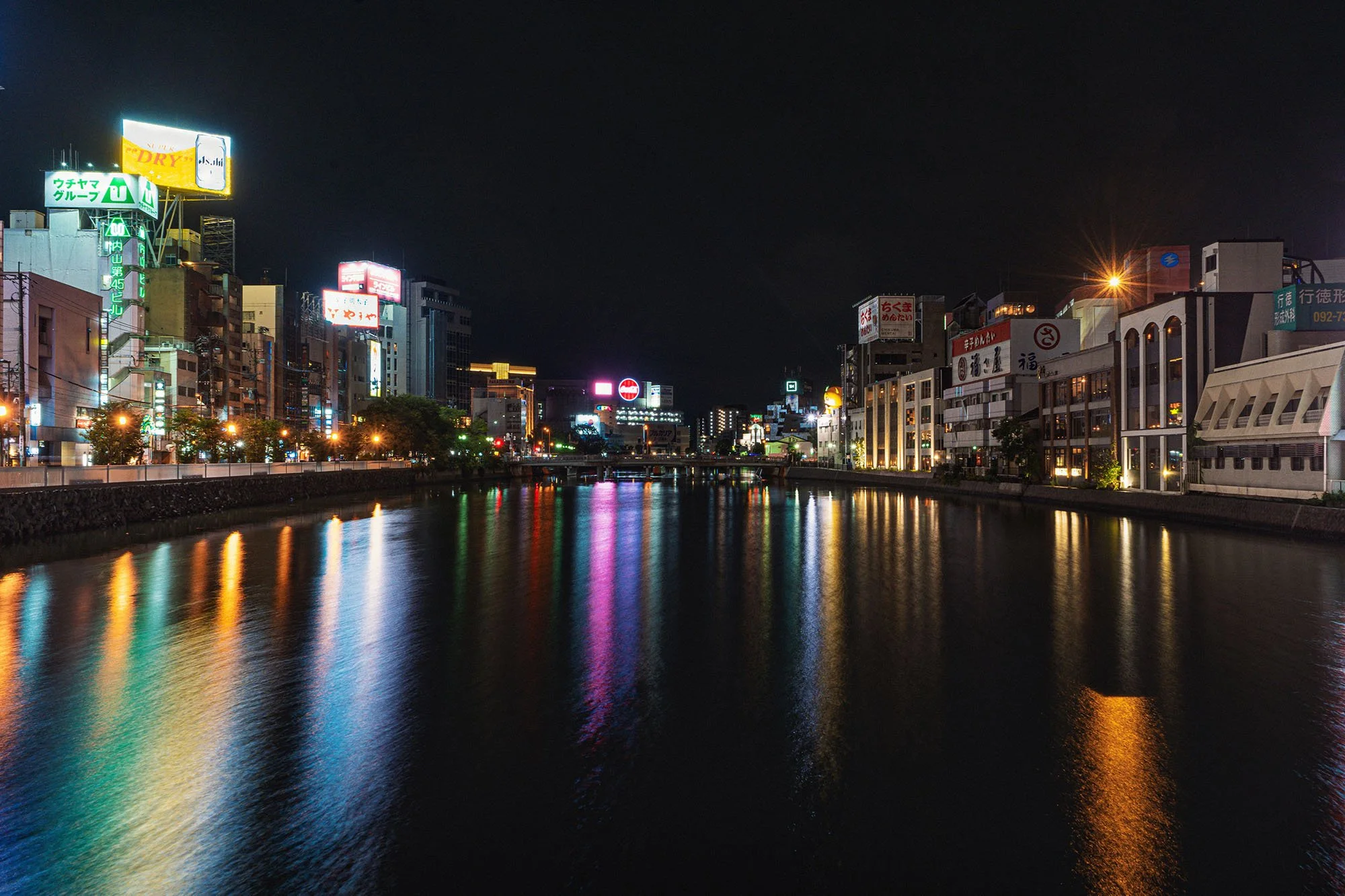








A unique experience boating through canals in Fukuoka that date back hundreds of years.